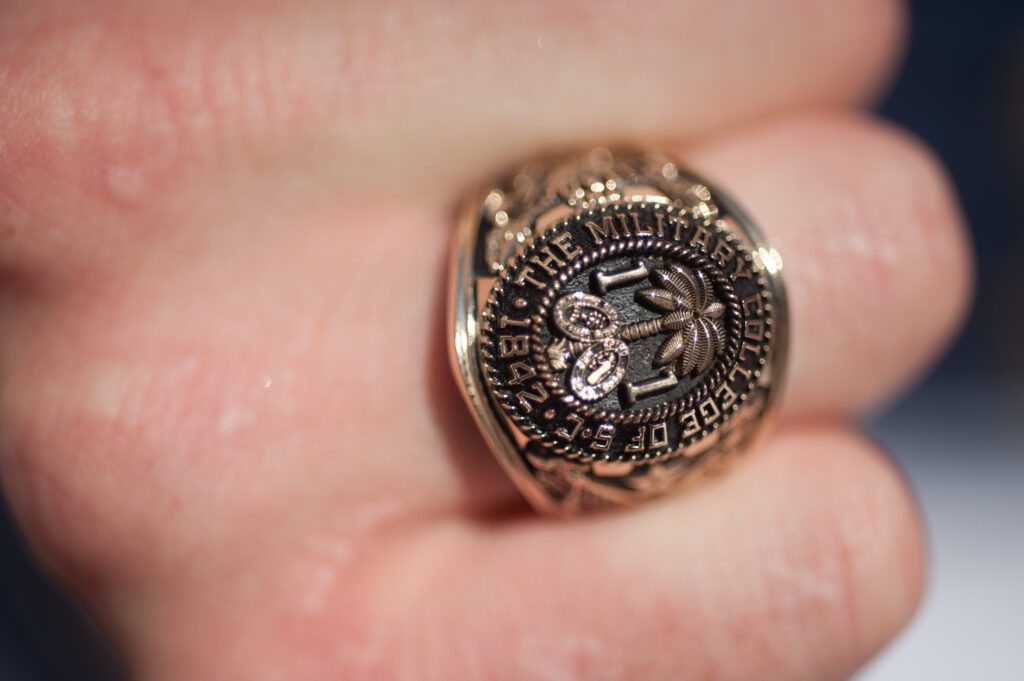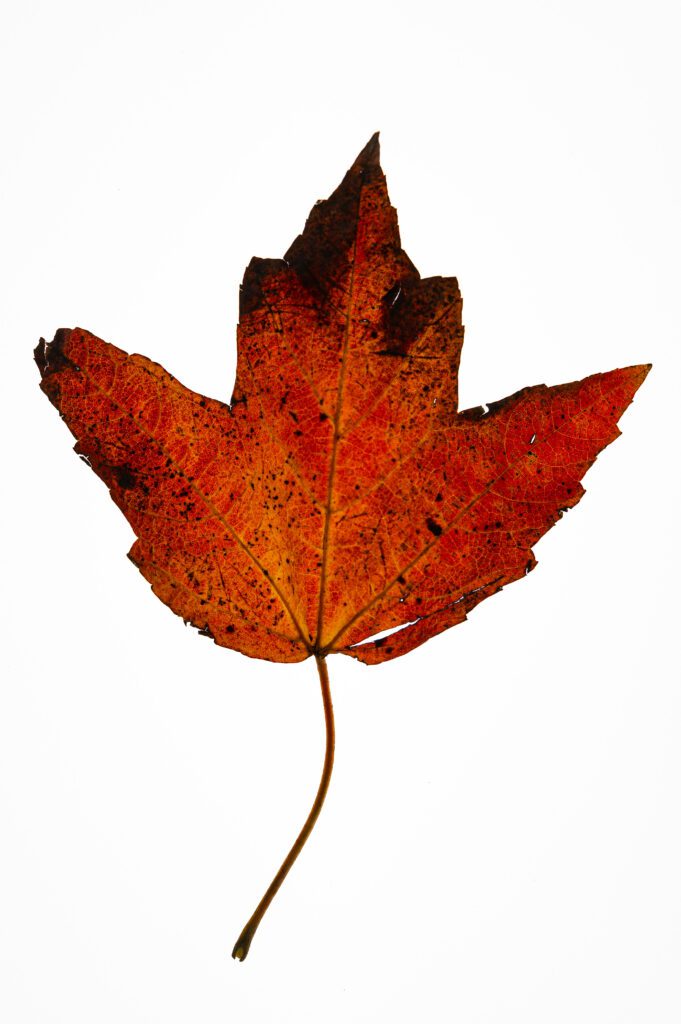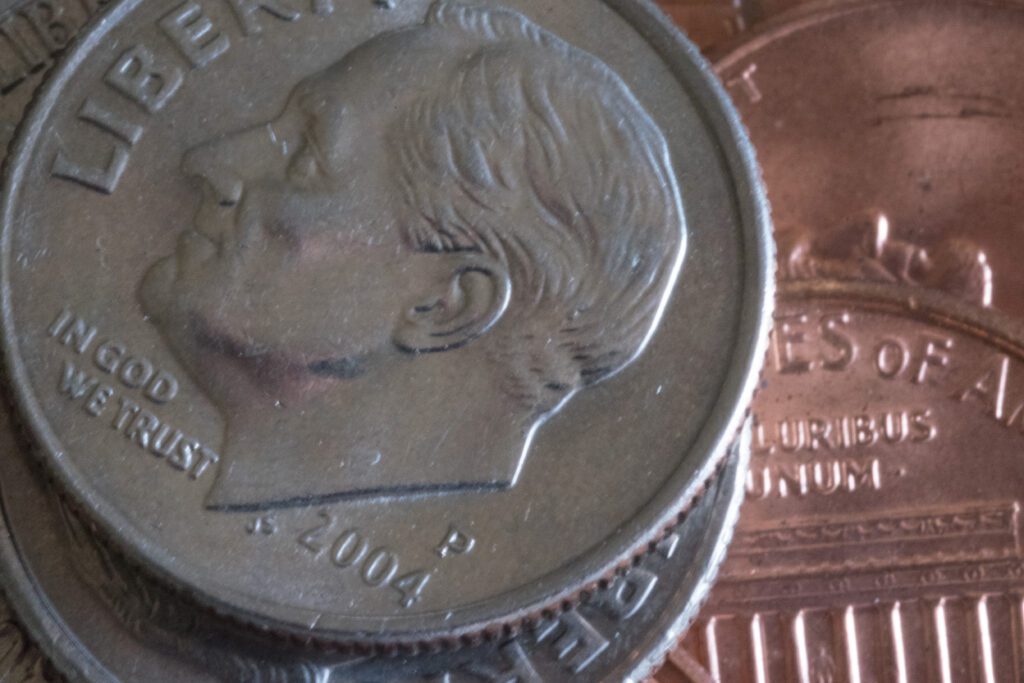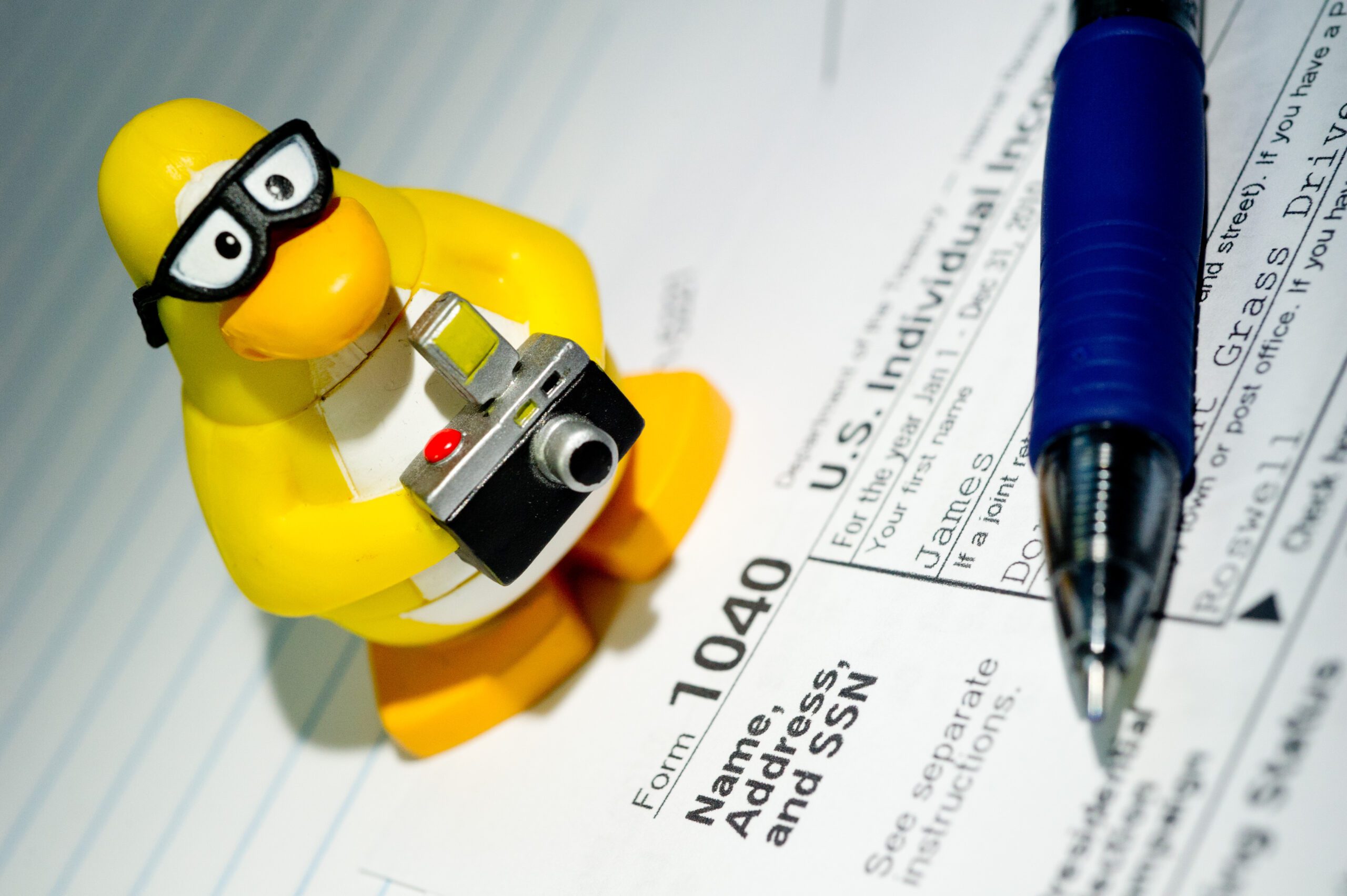I remember the moment clearly. I had just finished playing Haydn’s Concerto In E-Flat Major For Trumpet for the first time without any mistakes.
“Now you are ready to start working on it,” my music teacher said.
I was so disappointed; I thought I had nailed the piece and was ready to move on to something else. But while I had played each note on the page correctly, I was being taught an important lesson: I could only avoid sounding like a robot on the instrument by mastering the nuances.
Artists look at things differently than non-artists do. We notice detail; we appreciate nuance and beauty. Artists respond differently to things than non-artists do. We tend to be more sensitive.

Nothing can sharpen your understanding of the nuances of photography more than macro photography. This is where you photograph objects extremely close, where the image projected on the “film plane” (i.e., film or a digital sensor) is the same size as the subject. We would say the image is a 1:1 ratio.
There are a few ways to get this close to the subject with a camera. You can buy a macro lens, which gives you 1:1 or even closer. You can buy a set of close-up filters that you screw onto the front of your lens that lets you get closer. Extension tubes also go between your lens and camera to let you get closer. Another tool is a bellows that acts like a zooming extension tube. The last way to get closer is using a teleconverter. These teleconverters increase the magnification of the lens and come in 1.4 or 2.0 powers. They go between the lens and the camera to work.

Once you choose the way you want to do macro photography you will soon discover the closer you get to the subject the less depth-of-field you have. This is to say the amount of area that is sharp in front of the point you choose to focus on to the space behind that point is quite shallow. You typically will need a ƒ/number of ƒ/11, ƒ/16 or even greater for just the subject to look like it is in focus.
Since you will be working with such a small aperture (ƒ/number), you will need a lot of light or a good tripod to keep the camera from moving while taking the photo.

Today’s flashes, which you can buy for your camera, are so advanced that they can make this a lot of fun. Before, you had to be a physicist to understand all the math to make a good exposure. Now buy the flash with the TTL feature, and the camera and flash together will give you the perfect amount of light to make your photo.
I recommend buying the extension cord, which lets you take the flash off the camera and put it where you need the light — right in front of the lens.
Once you have all the equipment, you will be where I was when I finally learned how to play all the notes of Haydn’s trumpet concerto — ready to unleash the artist within by discovering the nuances of a subject.

